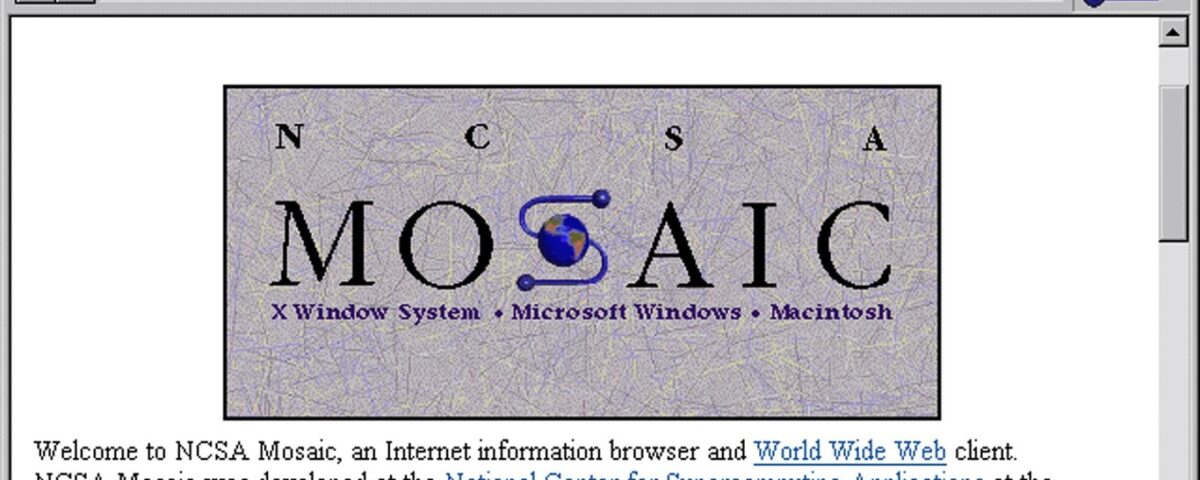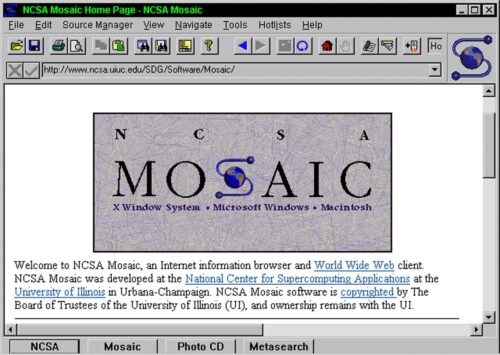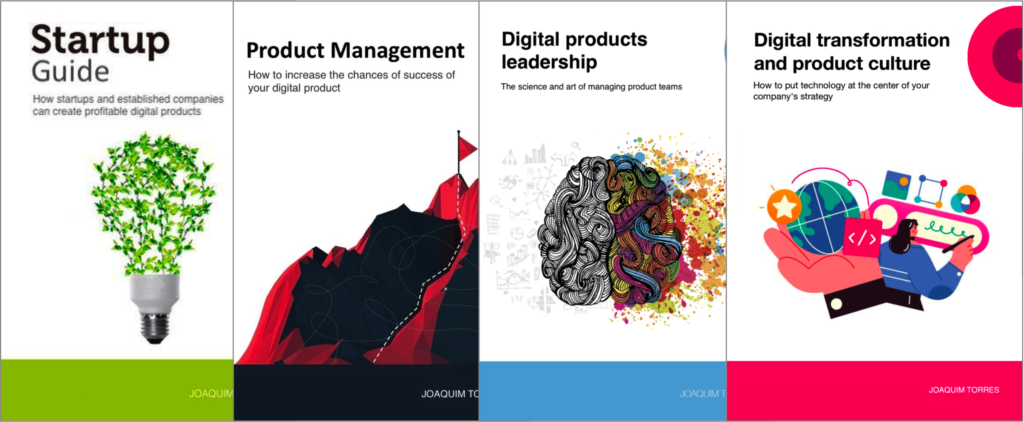
Team structure spreadsheet
14 de May, 2025
What I learned about product culture in six cities, four countries, and dozens of conversations
27 de May, 2025I remember clearly the early days of the internet in Brazil, back in the mid-1990s. Everything was new — but the general mood was one of excitement. It felt like we were discovering a new continent: incredible opportunities were emerging, entirely new professions were taking shape, and no one really knew where it might lead. There was curiosity, optimism — and a bit of naïveté, too.
Thirty years later, we’re facing another major technological revolution: artificial intelligence. But this time, the dominant emotion isn’t excitement. It’s fear.
Fear of losing jobs. Fear of being replaced. Fear of not understanding what’s going on or having enough time to adapt.
Why are we reacting so differently to two equally transformative technologies?
Of course, the internet and AI are very different in nature. But I believe the way each one arrived — and the context in which it did — helps explain a lot. Here’s a comparison that highlights some of the key differences:
| Aspect | Internet (1990s) | AI (2020s) |
|---|---|---|
| Impact on work | Changed how we work, but created many new roles. | Threatens to replace existing roles, including cognitive and creative ones. |
| Public perception | Curiosity, optimism. | Anxiety, fear, misinformation. |
| Adoption speed | Gradual. | Explosive. |
| Technology transparency | Understandable (websites, emails, downloads). | Opaque (complex models, black boxes). |
| Dominant narrative | Digital utopias: freedom, connection, access. | Dystopias: replacement, surveillance, collapse. |
| Global context | Post–Cold War optimism, economic expansion. | Political, social, and environmental crises. |
| Pace of perceived change | Took years to transform industries. | Changing millions of jobs in a matter of months. |
| Institutional response | Slow at first, then structured. | Still struggling to understand and react. |
This contrast shows that today’s fear is not just about what the technology can do — but about the pace and context in which it’s arriving. And I say this as someone who lived through the previous transformation from the inside.
In 1992, I co-founded a Bulletin Board System — a BBS — that allowed people to exchange messages and files over telephone lines. Our system was called Dialdata BBS, and for a while, it was our main focus.
In 1995, when we got our first taste of the internet, it became clear: BBSs were going to disappear (and they did). But it also became clear that an entirely new world was opening up. What first looked like a threat turned into opportunity. We adapted, learned, and built. From Dialdata BBS to Dialdata Internet — one of Brazil’s first internet service providers. We were part of building the early days of the web in the country.
Looking back, I can see how choosing to see possibility instead of threat made all the difference. And just the other day, I saw that same curious and fearless mindset in a five-year-old.
A father introduced his daughter to an AI tool that generated drawings based on descriptions. She asked it to draw a “flying unicorn.” The result was strange — even a bit creepy. The father was worried about how she’d react. But she just said: “That drawing I made didn’t turn out very well. I’ll try again.”
To her, AI wasn’t something to fear. It was just another tool for making things. And if it didn’t work the first time, that was okay — she’d try again.
Maybe that’s the mindset we need to approach this new technological wave: less fear of being replaced, and more willingness to explore, learn, and create.
That’s how I lived through the arrival of the internet.
That’s how I’m living through the age of AI.
Workshops, coaching, and advisory services
I’ve been helping companies and their leaders (CPOs, heads of product, CTOs, CEOs, tech founders, and heads of digital transformation) bridge the gap between business and technology through workshops, coaching, and advisory services on product management and digital transformation.
Digital Product Management Books
Do you work with digital products? Do you want to know more about managing a digital product to increase its chances of success, solve its user’s problems, and achieve the company objectives? Check out my Digital Product Management books, where I share what I learned during my 30+ years of experience in creating and managing digital products:
- Digital transformation and product culture: How to put technology at the center of your company’s strategy
- Leading Product Development: The art and science of managing product teams
- Product Management: How to increase the chances of success of your digital product
- Startup Guide: How startups and established companies can create profitable digital products



